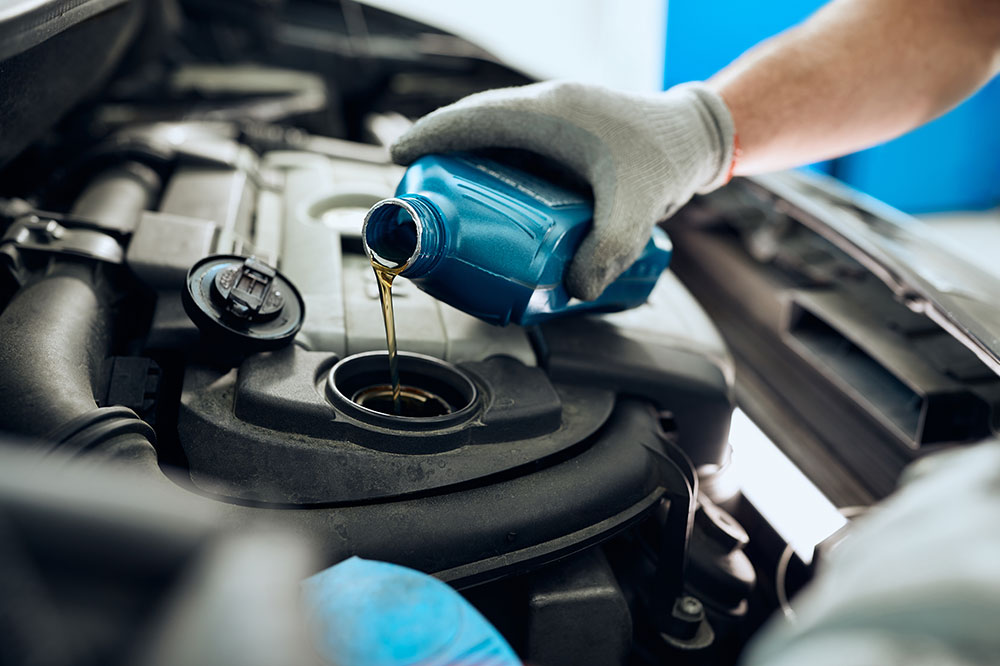9 Common Car Maintenance Mistakes to Avoid

Car maintenance sounds like a straightforward task. Once every few months, you drive to the garage and have qualified technicians check the vehicle for flaws that affect performance. It’s an ongoing process you must follow for any make and model of vehicle. However, there are common maintenance mistakes that you may not even realize you’re making, which can impact your vehicle’s overall performance. Here are the top nine car maintenance mistakes that you should avoid.
Servicing with any garage
It’s always better to get your car serviced from an authorized garage franchising with the car brand. For example, if you’ve bought a vehicle from local Dodge dealers, it’s beneficial to take it for servicing at Dodge dealership-owned garages for repairs and periodic maintenance. When it comes to specialty vehicles, it’s crucial to have technicians who are experienced in using the right tools and performing repairs, maintenance, and replacements. It’s important to avoid having unqualified or uninformed individuals working on these vehicles at a local garage.
Not using genuine parts
Vehicle spare parts are sold a dime a dozen since there are many cheap knockoffs that you can get for a fraction of the price. Duplicate or refurbished parts increase the risk of significant safety concerns, especially when you buy brake pads, electrical components, and other engine parts critical to the vehicle’s performance. There is no guarantee if that part will work or even risk total engine failure with prolonged use. And since knockoff parts are not covered under warranty, you’ll have to pay out of pocket to replace the same parts. Instead, buy original brand parts and genuine spares sold by authorized dealerships for repairs and replacement.
Skipping the car wash
Washing the car now and then takes care of the vehicle’s exterior. All metal components are exposed to the elements of the weather and harsh pollutants in urban areas. These toxic reactions trigger changes that lead to rust, pitting, and damage to the metal framework. Premature rusting greatly impacts the structural integrity of your vehicle. So never skimp out on spending a few dollars every other week at the car wash and prevent paint erosion leading to rust.
Not paying attention to safety lights
Modern-day vehicles come with inbuilt safety features. Multiple lights on the dashboard and the digital console synced to the vehicle hint of the slightest damage or malfunction affecting performance. One of the most prominent safety features is the check engine light, the tiny red logo that mirrors the outline of an engine. If this light is blinking continuously on the dashboard, it’s a sign that there is some problem with the engine. You should never ignore these warnings, as delays in repairs can result in extensive damage and even permanent breakdown. Moreover, safety lights are also installed to indicate the battery health, oil filters, and other engine components.
Ignoring the TPMS
Most modern-day vehicles come with the Tire Pressure Monitoring System, which is an important upgrade feature. This system constantly monitors tire pressure, whether the vehicle is in motion or parked. This minimizes the risk of accidents caused by premature wear and tire blowouts while driving at high speeds. Moreover, weather conditions significantly impact tire air pressure, with harsh cold weather causing a rapid reduction that makes it challenging to control the vehicle. Therefore, it is crucial to keep an eye on the TPMS and inflate the tires promptly when the pressure drops to ensure a safe and comfortable drive.
Ignoring wheel alignment
Terrain conditions, driving conditions, driving preferences, and even overall weather can all directly impact the wear and tear of the tire. It’s one of the main reasons wheel alignment must be done to ensure better stability and control of the vehicle. With proper wheel alignment, you can overcome understeering or oversteering in one direction, which can make you feel like your vehicle is pulling to one side. Since it’s a critical car maintenance task, it’s best to have it done by professionals at a garage. So, schedule these tasks as recommended by a technician who can check to see if the alignment is due at your next vehicle service.
Not getting the filters checked
Your car has two primary filter systems for the air and oil intakes. Oil filters keep the engine oil and other lubricants flowing within the components free of debris and pollutants. This filter mainly prevents the oil from forming sludge and causing the engine to stall at high speeds. Further, a dedicated air filter removes debris and pollutants from the oxygen the engine absorbs for internal combustion. The air filters also pump out the hot air coming from the engine to maintain a neutral temperature. Both filters must be replaced after periodic intervals to ensure the system functions correctly. This repair and maintenance task should never be ignored. Filters can be replaced at the dealership repair shop, where you can shop for genuine parts.
Ignoring periodic oil change
All vehicles require engine oil, transmission fluids, and other lubricants that help reduce friction between all moving parts in the motor assembly. Without these fluids, the engine can degrade and even stop working altogether. Therefore, it is crucial to ensure your vehicle does not break down while driving on the freeway. Changing the oil every 7,000 miles or as suggested by the manufacturer in the car user manual will prevent these damages to the engine. This applies to all lubricants used in the vehicle.
Not getting parts checked
Braking systems and electrical components require periodic checking to ensure the safety of the vehicle while driving. And brakes are powered by hydraulics, which requires an electric motor to pump the fluids in and out of the braking assembly. All these systems are interconnected and depend on the proper functioning of individual components. Ensure these parts are also serviced properly at the next check.







